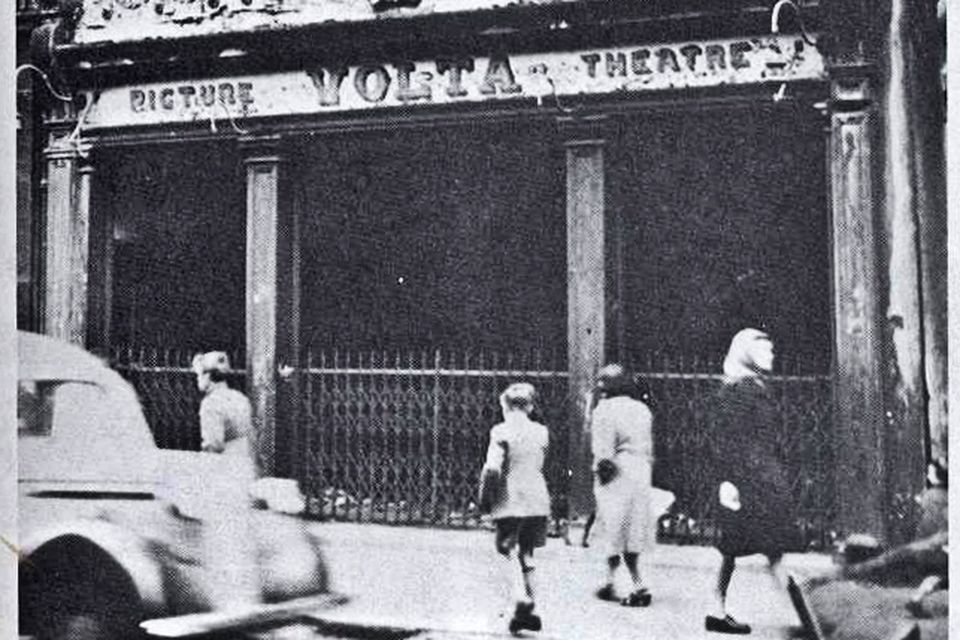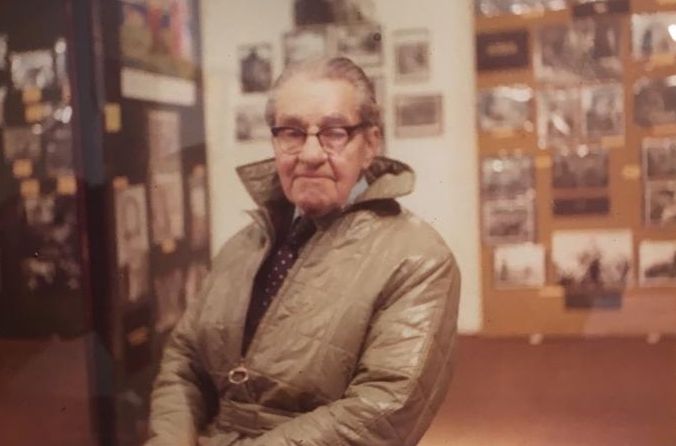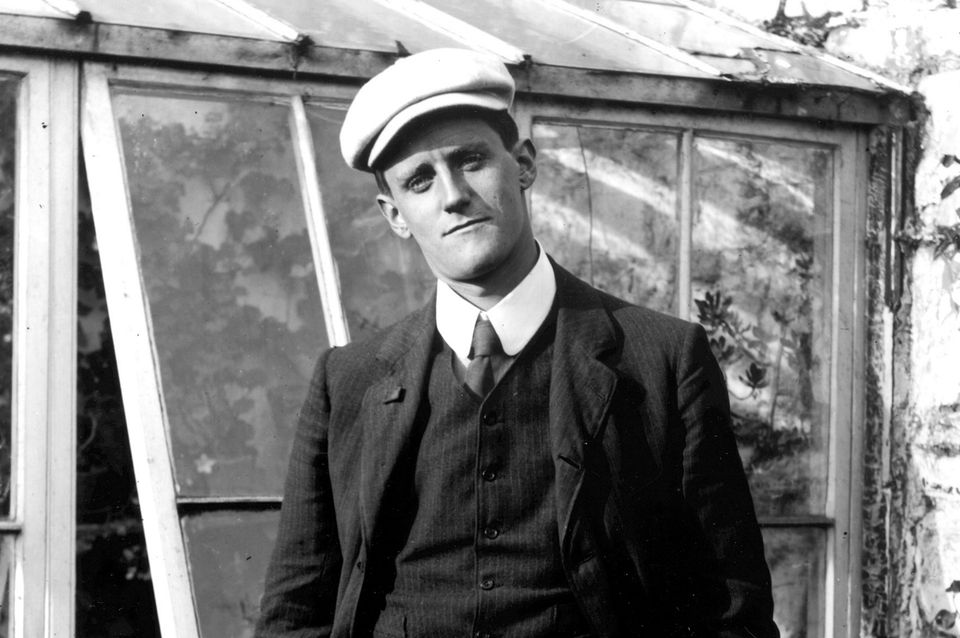How my grandfather helped James Joyce to establish Dublin’s first cinema
The author established Dublin’s first dedicated cinema, the Volta, in 1909 — and a young projectionist played a pivotal role. His grandson Declan Collinge shares his story
The Volta theatre on Mary Street in Dublin. Photo courtesy of Liam O'Leary/Film Archives
On December 20, 1909 at 45 Mary Street, Dublin, the Volta cinema, initially known as the Cinematograph Volta, opened its doors to the public. While films had been shown before that on an ad hoc basis, it was the first dedicated cinema in the city.
The 27-year-old James Joyce was the driving force behind the Volta.
While in Trieste (then part of the Austro-Hungarian Empire), Joyce’s sister had mentioned to him that there was no cinema in Dublin.
Joyce, who was always short of funds and still unrecognised as a writer, with two young children and a partner to provide for, seized on the idea as a business project.
He visited Dublin in 1909 and took two Triestine businessmen technicians with him: Messrs Novak and Lesnardon. He found the ideal site at 45 Mary Street, which had previously been an ironmonger’s premises.
After Joyce advertised for the position of projectionist, he began interviewing prospective employees.
Lennie Collinge, who was hired by James Joyce as a projectionist at the Volta cinema.
My grandfather, Lennie Collinge, who had recently qualified as an electrician, applied for the position and was interviewed.
Since he had a little French (neither Novak nor Lesnardon spoke English, but both spoke French), which he had learnt in James’s Street Christian Brothers School, and had a very outgoing manner, he was successful in the interview.
When the Volta opened, it was resplendent in crimson and light-blue paint. There was huge interest in the new cinema, with long queues forming outside and ‘sandwich men’ (men who wore placards front and back for advertising purposes) walking about on Mary Street.
Later, sandwich men would appear in Joyce’s Ulysses, advertising for Hely’s of Dame Street.
When asked what Joyce was like to work for, my grandfather described him as a tall, thin young man, “quiet spoken”, who seldom engaged in conversation
Since most of the silent films shown were either Italian or French, handouts with the English translation of the intertitles were provided for the audiences. Films shown included Beatrice Cenci, The Enchanted Palace and Devilled Crab, as well as films starring the Chaplinesque comedian Tontolini.
When asked what Joyce was like to work for, my grandfather described him as a tall, thin young man, “quiet spoken”, who was never to the forefront of cinema business. He seldom engaged in conversation.
But my grandfather recalled one particular occasion when he did. This was when my grandfather and his colleagues were discussing the sandwich men.
Most of them thought that the job was very demeaning, but Joyce disagreed. He contended that any work, however menial, was preferable to being idle.
Interest in the cinema was intense initially, but soon Dubliners began to realise that the films being shown bore no relation to their lives, and the attendance numbers dropped off.
James Joyce opened the Volta cinema when he was just 27
Joyce’s business project ground to a halt and he returned to Trieste. The Volta was then taken over by the British Provincial Cinema Company. Renamed the Lyceum, it continued operating in Dublin until 1948, but the number of cinema seats was reduced from 600 to 400.
In 1976, when my grandfather was in his 80s, he opened the exhibition Cinema Ireland, organised by the cinema archivist Liam O’Leary.
When it was discovered that he had been Joyce’s projectionist, he was feted by Joycean scholars, including David Norris, and was interviewed by CBS and RTÉ. He opened Bloomsday at the Joyce Tower in Sandycove in 1979, shortly before his death that same year at the age of 90.
His photo can be seen in the Joyce Museum, as can a ticket for the Volta cinema with the following inscription below it: “Lennie Collinge (1889-1979) projectionist at the Volta and student of the master.”
From ‘Through Streets Broad and Narrow, Voices of Dublin’, by Declan Collinge, published by Beehive Books
Join the Irish Independent WhatsApp channel
Stay up to date with all the latest news












